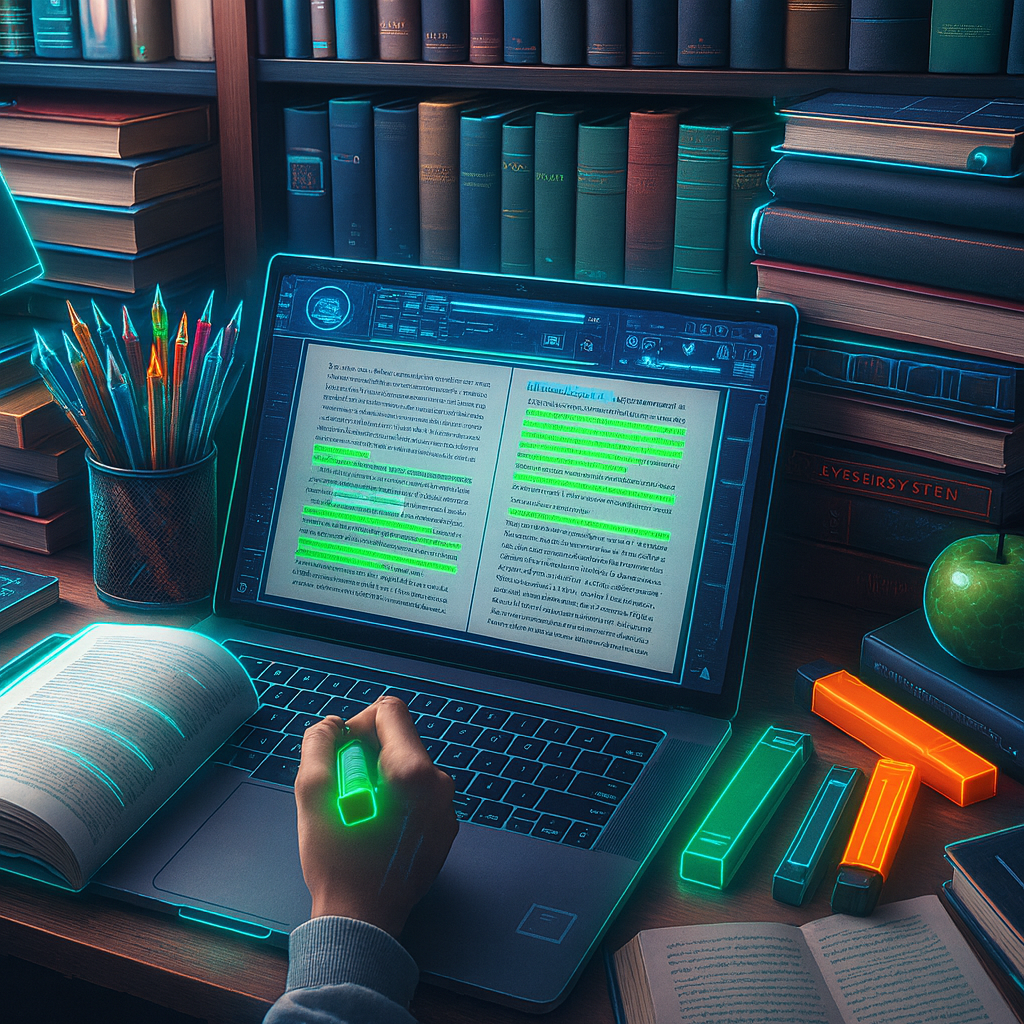
Unmasking the Myth: Understanding Plagiarism Limits in Research Papers
For students, educators, and professionals, research papers are crucial for academic and career success. But dealing with plagiarism can be tough. Everyone wonders: “How much plagiarism is okay in a research paper?”
This article breaks down this tricky subject. It looks into what levels of plagiarism are acceptable, how different fields handle it, and gives you tips to make sure your work is original and honest.
Dispelling the Misconception: There’s No “Magic Number”
There’s no one-size-fits-all rule for plagiarism in research papers. What’s considered okay can change a lot based on different things, such as:
- The type of research paper: Various fields have different standards for what counts as original. In creative writing, it’s okay to be influenced by others’ styles. But in science, papers need to stick closely to new research and results.
- The nature of the content: Various fields have different standards for what counts as original. In creative writing, it’s okay to be influenced by others’ styles. But in science, papers need to stick closely to new research and results.
- The specific guidelines of the institution or publication: It’s important to check each school’s or journal’s rules on plagiarism. These rules tell you how much copied content is okay and how to cite sources correctly.
Exploring the Landscape of Plagiarism Policies

It’s tough to pinpoint an exact threshold, but knowing the typical range of similarity scores accepted by different places can be quite helpful.
- Colleges often allow similarity scores from 10% to 20%. This lets you include cited quotes, paraphrases, and common phrases without worrying about plagiarism.
- For academic journals and publications, the allowable range is usually narrower, often between 5% and 15%. This highlights the focus on original studies and innovative discoveries in these works.
Beyond Numbers: Cultivating a Culture of Academic Integrity
Grasping how plagiarism rules work is crucial. Yet, truly getting what academic honesty means and practicing ethical research is just as, if not more, essential. This includes:
- Developing strong research skills: Learning how to think critically, do your own research, and cite sources well helps you come up with new ideas and use others’ information the right way.
- Seeking guidance from instructors and librarians: Using the tools you have, like workshops, consultations, and online resources, can give you the know-how and tools to handle the tricky parts of academic honesty.
- Building a strong foundation of ethical conduct: Understanding the value of ethical research practices helps protect your academic reputation and builds a wider culture of honesty and credibility in your field.
Real-World Examples: Illustrating the Nuances of Plagiarism

Picture a student digging into literature, crafting a research paper on Shakespeare’s works. Adding a brief, well-cited quote from Hamlet is okay. It respects the source and adds to the analysis.
If a student takes whole sections from an online critique without giving credit, it’s definitely plagiarism. This goes beyond what’s allowed and harms academic honesty.
Addressing Counterarguments: Recognizing the Gray Areas
Some people think that the current rules for plagiarism are too strict and don’t consider how hard it can be to use existing research in new projects. It’s crucial to recognize these challenges and see that:
- Accidental plagiarism happens when people don’t cite sources correctly or don’t know the right way to research. Getting advice and using tools that check for plagiarism can help prevent this.
- The goal is to encourage thinking that’s critical and analysis that’s independent, rather than just sticking to random number limits. It’s key to grasp the source material, think critically about it, and share new insights for ethical research.
Embracing Originality: Moving Beyond Permissible Limits

It’s key to know what counts as acceptable plagiarism, but aiming for fresh ideas and thinking for yourself is even more vital. Here’s how you can do that:
- Concentrate on crafting your own unique ideas and insights. Look at the existing work with a critical eye, spot where more study is needed, and add your personal viewpoint to the discussion.
- Change the wording and blend details well. Avoid just copying; instead, express the ideas using different words and make sure to give credit to the original source.
Embracing Originality: Moving Beyond Permissible Limits
- Use plagiarism checkers wisely. They help spot similar content but shouldn’t be the only way to check originality. Always think critically and cite sources properly when using others’ ideas.
- Reach out to classmates and teachers for their opinions. By letting others review your work, you get useful advice and can find spots to improve your ideas and make them more unique.
The Future of Plagiarism Detection: Embracing Transparency and Collaboration
The way we spot plagiarism keeps changing. New tech gives us fresh tools and methods to find when work isn’t original. Still, it’s important to keep in mind that:
- The main goal is to build a strong sense of honesty in studies and to follow good research habits. While technology is useful, it shouldn’t replace the need for thinking deeply and acting ethically.
- Working together and talking openly among students, teachers, and researchers is crucial to tackle plagiarism issues. By creating a clear and supportive environment, schools can help people handle the tricky parts of academic research with honesty and creativity.
Conclusion:
In the end, knowing plagiarism boundaries is just a part of keeping your research honest. Build a base of ethical research habits, sharpen your critical thinking, and focus on being original. This way, you can join the bigger talk about academic honesty and make your work shine as a true reflection of your own ideas and insights.
Call to Action:
Start by checking out what your school offers. Talk with classmates and teachers. Keep improving how you research and write. Stick to being original and honest. This way, you’ll do well in school and make a real difference in your area of study.
